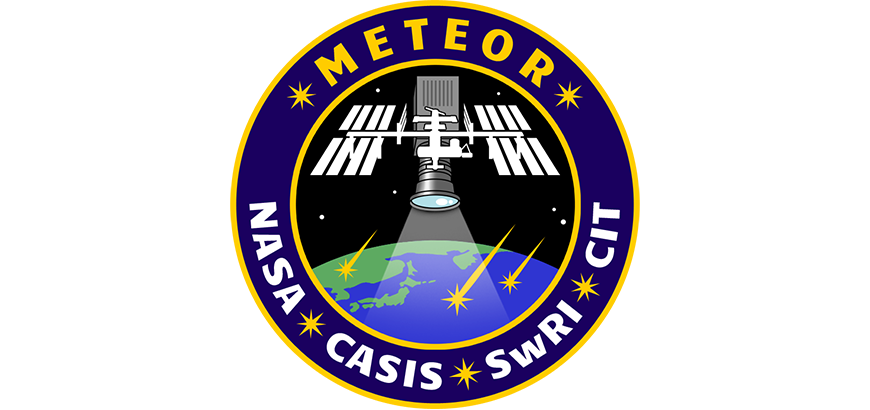High-definition TV camera on the International Space Station (ISS) is used for long-term observation of meteor activity from space.
Overview
Development of METEOR camera started in 2012. After two launch rocket failures in 2014 and 2015, meteor observation finally got underway in July 2016. PERC conducts two-year meteor observation onboard ISS with a super-sensitive, color high-definition TV (HDTV) camera. The ISS is an ideal platform for continuous meteor observation, independent of weather. The project is the world’s first long-term meteor observational Research Facility (WORF) rack in the U.S. laboratory (USL) module, so-called Destiny. The camera is monitoring meteors through the USL window which faces the Earth. The Meteor camera is remotely operated from its own operation room located in PERC via NASA’s network. All the acquired video images are stored in hard drive disks (HDDs) connected to the Earth with Space-X dragon spacecraft. Some video images including meteors are directly downlinked to the PERC operation room in near real time. Sizes of meteoroids are constrained from meteors’ brightness. Chemical compositions are estimated with spectral features of meteors’ emission spectra. To study variations in these characteristics within a meteor shower and amongst meteor showers are useful to understand physical and chemical natures. Thus, this project can be broadly comparable to space missions to comets and asteroids.

Responsible researcher: Tomoko ARAI
Principal Staff Scientist, Planetary Exploration Research Center, Chiba Institute of Technology


